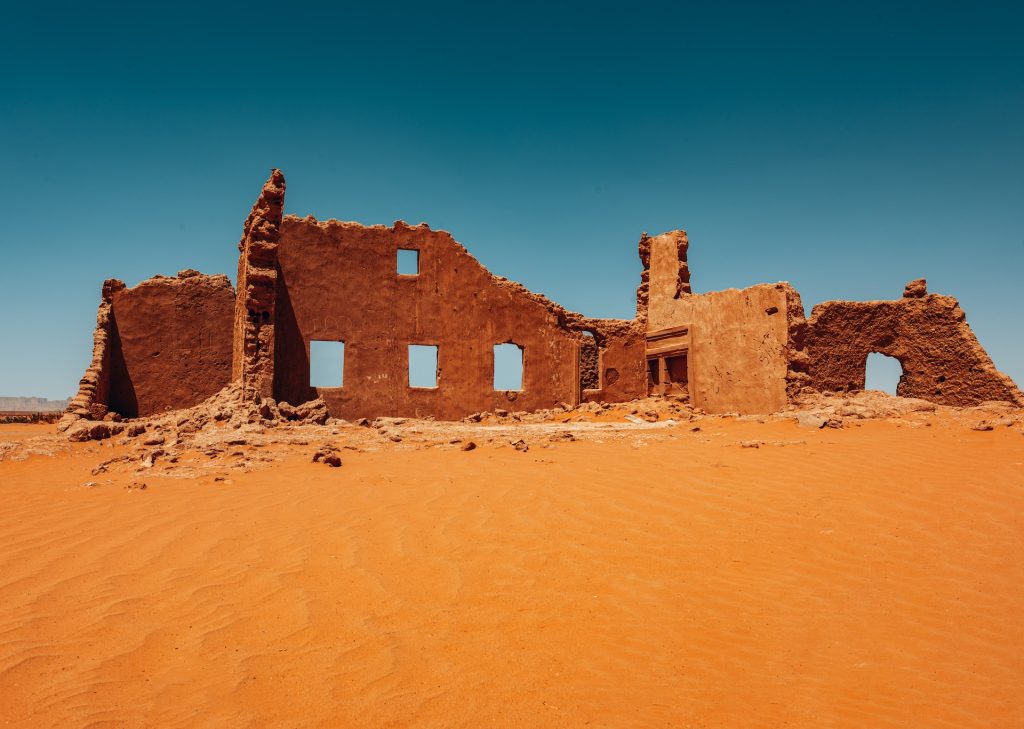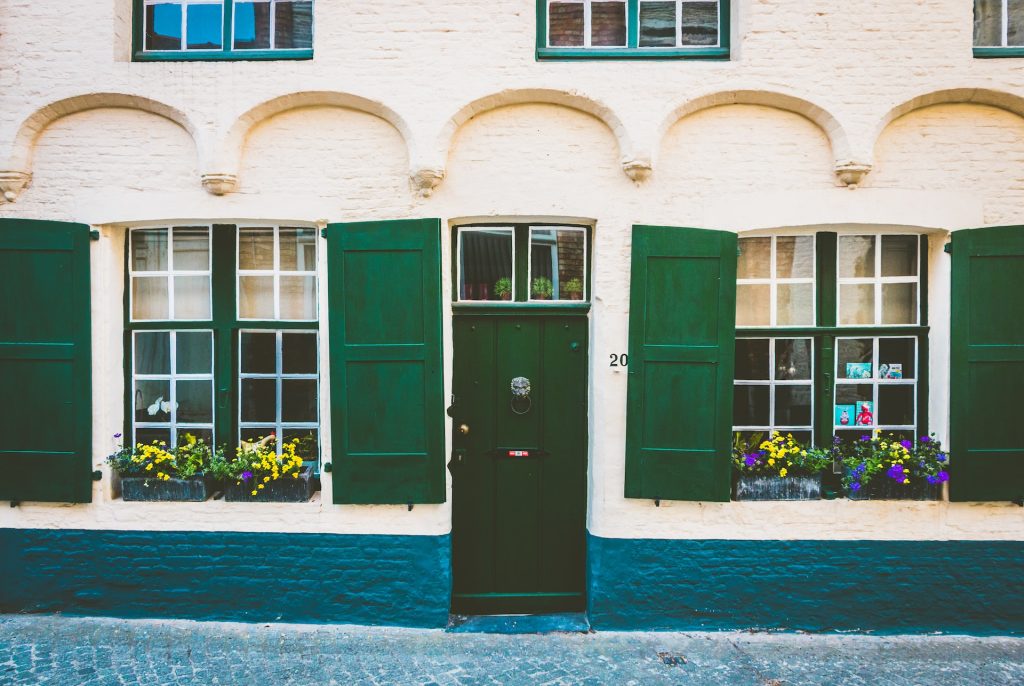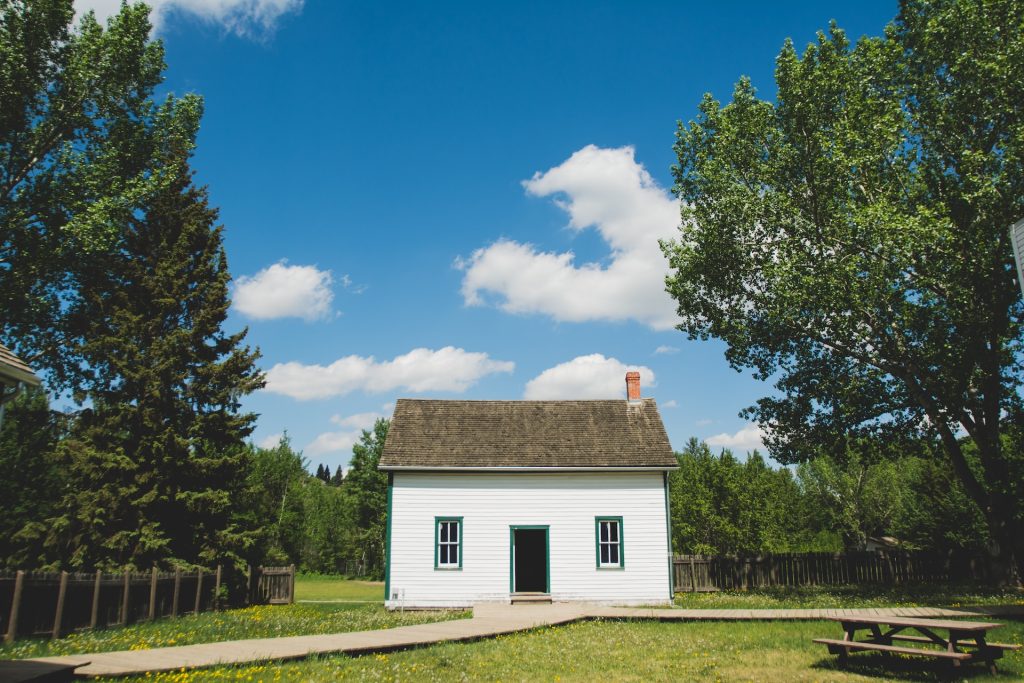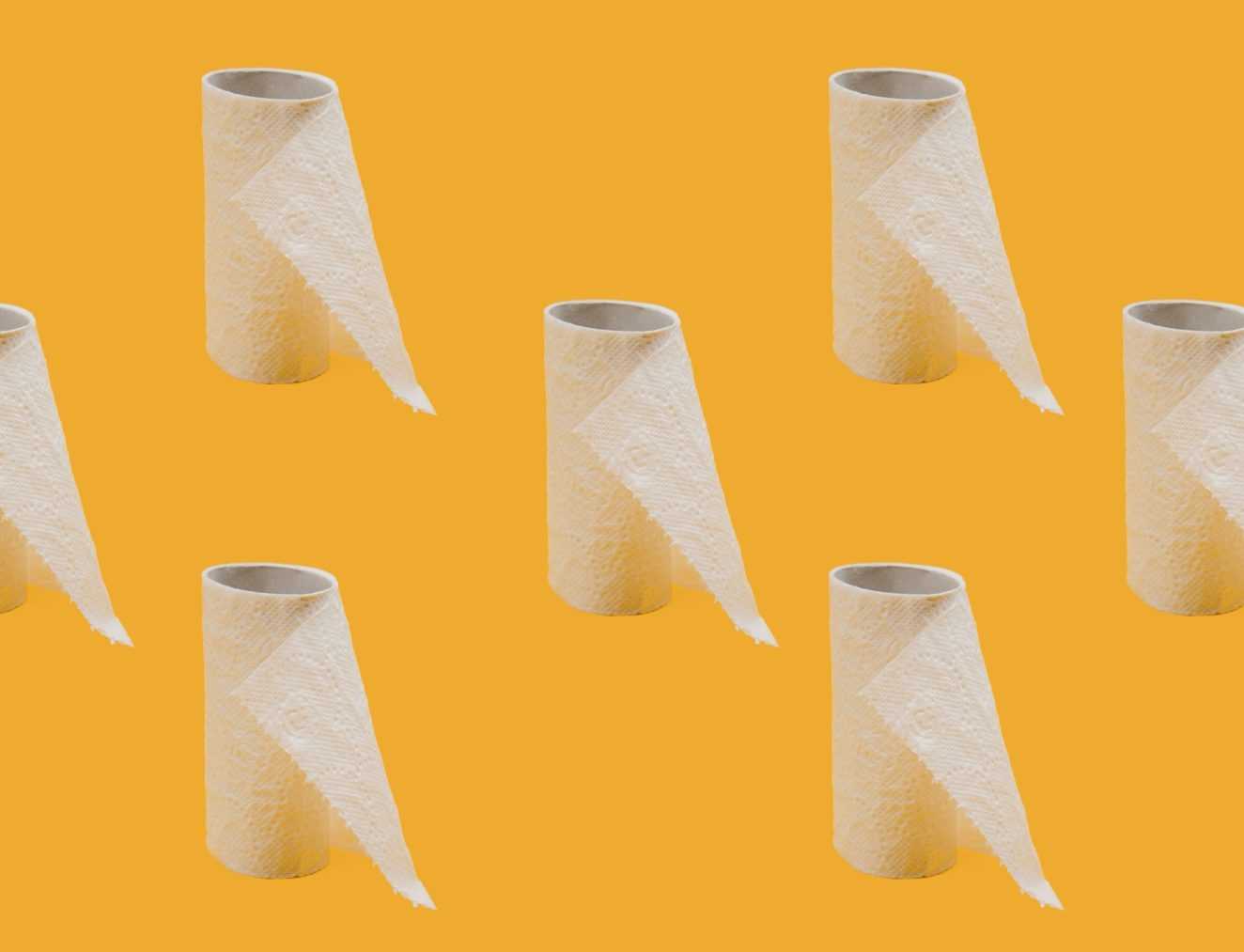Housing is an integral part of human history, reflecting our evolution, culture, and technological advancements. From the humble caves of our ancestors to the modern homes we inhabit today, the concept of shelter has evolved significantly. In this blog post, we’ll embark on a captivating journey through the centuries, exploring the history of housing, the factors that shaped it, and the remarkable transformations that have led us to the dwellings we know today.

The Dawn of Shelter: Caves and Dwellings of Early Humans
The earliest humans sought shelter in natural formations such as caves, using them as protection from the elements and predators. This primitive form of housing was driven by necessity, providing safety and warmth. As societies developed, so did housing. Evidence from archaeological sites like Çatalhöyük in Turkey shows the transition to more structured dwellings made from mud bricks and timber.
Ancient Egyptian Mastery: The Birth of Architecture
Ancient Egypt boasts some of the world’s earliest architectural marvels. Around 3000 BCE, Egyptians constructed intricate homes using mud bricks, reeds, and stone. These dwellings featured complex architectural elements, showcasing their expertise in design and engineering. The ancient Egyptians’ mastery of construction laid the foundation for the development of architectural principles that continue to influence modern architecture.

Greek and Roman Innovation: The Birth of Urban Planning
The Greeks and Romans elevated housing to new heights, introducing the concept of urban planning. In ancient Rome, the implementation of grid street systems, apartment buildings (insulae), and aqueducts for water supply revolutionized urban living. The Greco-Roman architectural styles, featuring columns and symmetry, continue to inspire contemporary architecture, emphasizing the enduring legacy of these civilizations.
Medieval Marvels: Castles and Manor Houses
During the Middle Ages, Europe saw the emergence of castles and manor houses, which reflected the hierarchical society of the time. Castles, built for protection, combined military functionality with opulent living quarters. Manor houses, typically inhabited by nobility, featured ornate architecture and sprawling estates. The medieval period set the stage for the diverse architectural styles and housing types that would follow.
The Renaissance and Beyond: Architectural Revival and Innovation
The Renaissance period ushered in a revival of classical architectural styles, with a focus on symmetry, proportion, and harmony. The architectural innovations of this era, including the use of arches, domes, and ornate facades, left an indelible mark on housing design. As Europe expanded its reach through colonization, it brought architectural influences to the New World, contributing to the diverse housing styles we see today.

The Industrial Revolution: Transforming Housing and Cities
The Industrial Revolution, which began in the 18th century, had a profound impact on housing. Rapid urbanization and industrialization led to overcrowded, unsanitary living conditions in cities. To address this, housing reforms were initiated, and new building technologies emerged. Innovations like steel framing and the elevator allowed for taller buildings, giving rise to the modern apartment complex.
The Modern Era: High-Rises, Suburbs, and Sustainable Design
The 20th century witnessed significant shifts in housing trends. High-rise buildings became iconic features of urban skylines, offering efficient use of space in densely populated areas. Suburbs expanded as transportation networks improved, providing a suburban lifestyle with single-family homes. In recent years, sustainability has become a central focus, with eco-friendly architecture and energy-efficient design principles shaping modern housing.

The history of housing is a testament to human ingenuity, cultural diversity, and technological progress. From the caves of our ancestors to the skyscrapers of today, each era has left its mark on the evolution of shelter. As we continue to innovate and address new challenges, the story of housing remains an ever-evolving narrative, reflecting our changing needs and aspirations as a global society. It’s a story that continues to shape the way we live and the spaces we call home.





